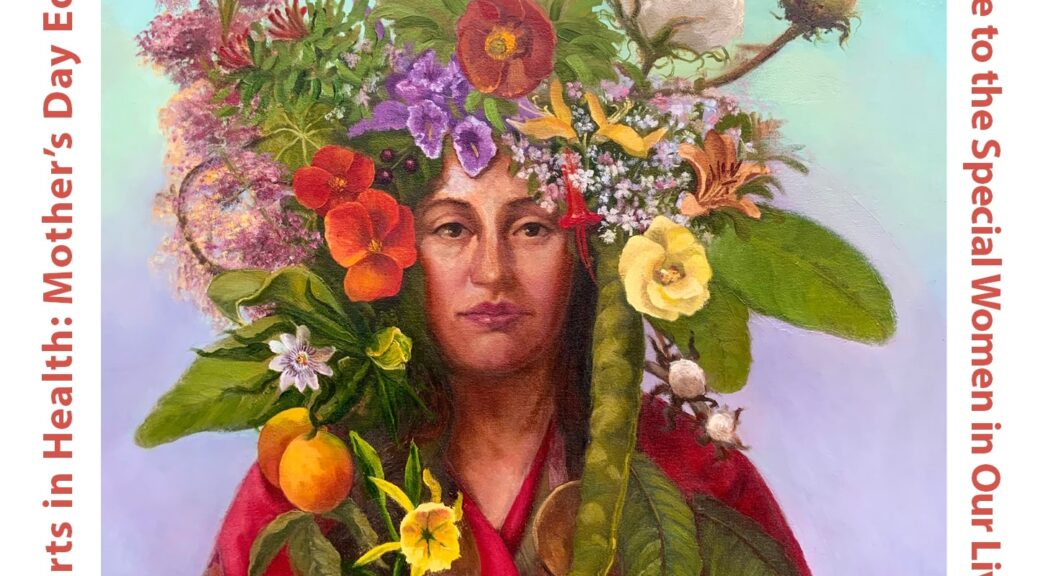A year ago, who would have predicted that Critical Race Theory (CRT) would have become a 2021 national buzz word? A buzz word for those attacking it. A buzz word for those defending it. Probably with relatively few of those attackers and defenders actually having read much of it.
I have, but it’s not easy going. Lots of ideas. Lots of jargon. Lots of obscurantist legal analysis. But if you stick with it, CRT can be very thought-provoking.
CRT is based on a simple premise: the law is not neutral. As a result, institutions and systems that arise from the law will not be neutral. When Mark Twain asked a friend to explain his position on a controversial issue, the friend answered, “I’m neutral.” To which Twain responded, “Then whom are you neutral against?”






